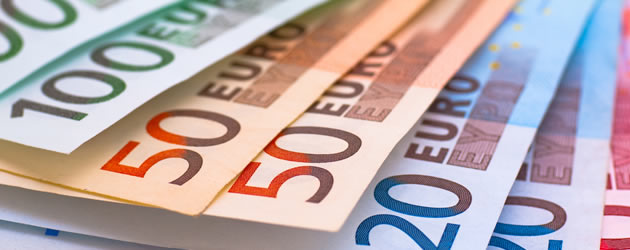The Euro to Polish Zloty (EUR/PLN) exchange rate weakened by 0.52% on Thursday as data showed that deflation in Poland eased in April. The improved figure caused investors to raise their bets that the Polish central bank will now choose to leave interest rates unchanged.
The Euro to Polish Zloty (EUR/PLN) Exchange Rate Softened To A Session Low Of 4.0620
The easing of deflation in Poland was enough to send the Zloty climbing against the Euro, Pound Sterling and other major peers. Consumer prices in the country were shown to have fallen by 1.1% from a year earlier but the decline was less than the 1.5% recorded in March.
The report shows that deflation has eased for a second consecutive month, bolstering the case for the nation’s central bank to leave interest rates at 1.5%. The fall in prices was less than the 1.3% expected by economists. The data also showed that on a monthly basis inflation rose by 0.4%, a bigger increase than the 0.2% expected.
‘Consumer prices should gradually increase in the coming months and reach positive territory at the end of this year. The recovery in prices was driven by clothing and footwear as stores introduced new spring and summer collections,’ said Jaroslaw Janecki, chief economist for Poland at Societe Generale SA.
Food prices declined 2.7% annually and prices of clothing and footwear dropped 5.1%. Health costs rose 1.1%, while transport charges fell 9.1%. Communication costs grew 4.9%.
The Euro to US Dollar (EUR/USD) Exchange Rate Hit A Session High Of 1.1445
Against the US Dollar, the Euro advanced to its strongest level in 4-months as an improved US jobless claims report was overshadowed by a disappointing Producer Price Inflation (PPI) report.
According to data release by the Department of Labour, the number of Americans filing for initial unemployment benefit fell by 1,000 in the week ending May 9.
The drop brought the seasonally adjusted level down to 264,000, a figure that was better than the rise of 10,000 to 275,000 forecast by economists. Any potential gains from that report were immediately wiped out by a separate report, which showed that PPI fell by 0.4% in April, compared to expectations for a 0.2% rise, after an uptick of 0.2% the previous month.
Core producer price inflation, which excludes energy, trade and food, dropped by 0.2%, a figure that was worse than the 0.1% increase forecast.



